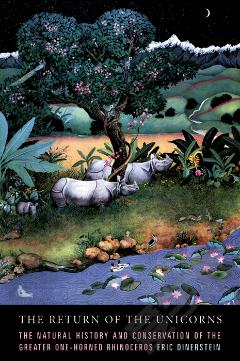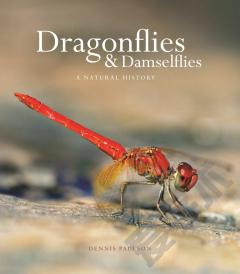The Return of the Unicorns —— The Natural History and Conservation of the Greater One-Horned Rhinoceros
----- 独角兽的归来:大一角犀牛的自然历史和自然保护
Foreword, by George B. SchallerPrefaceIntroductionPart I: Vanishing Mammals, Vanishing Landscapes 1. Vanishing Mammals: The Rise and Fall of the Rhinoceroses2. Culture, Conservation, and the Demand for Rhinoceros Horn3. Vanishing Landscapes: The Flood Plain Ecosystem of ChitwanPart II: Biology of an Endangered Megaherbivore 4. Size and Sexual Dimorphism in Greater One-Horned Rhinoceros5. The Biology of an Extinction-Prone Species: Facing Demographic, Genetic, and Environmental Threats6. Life on the Flood Plain: Spacing and Ranging Behavior, Feeding Ecology, and Activity Patterns7. Male Dominance, Reproductive Success, and the "Incisor Size Hypothesis"8. Endangered Phenomena: Rhinoceros as Landscape ArchitectsPart III: The Recovery of Endangered Large Mammal Populations and their Habitats in Asia 9. Does Privately Owned Ecotourism Support Conservation of Charismatic Megafauna?10. Making Room for Megafauna: Promoting Local Guardianship of Endangered Species and Landscape-scale Conservation11. The Recovery of Rhinoceros and Other Asian Megafauna ConclusionAppendix A: MethodsAppendix B: Measurements and other Physical Features of greater one-horned rhinoceros captured in Royal Chitwan National Park, NepalAppendix C: Demographic and Genetic DataAppendix D: Seasonal Home Range and Daily MovementsAppendix E: A Profile of Rhinoceros BehaviorAppendix F: Reproductive Histories of Adult Female RhinocerosReferencesIndex
{{comment.content}}








 京公网安备 11010802027623号
京公网安备 11010802027623号